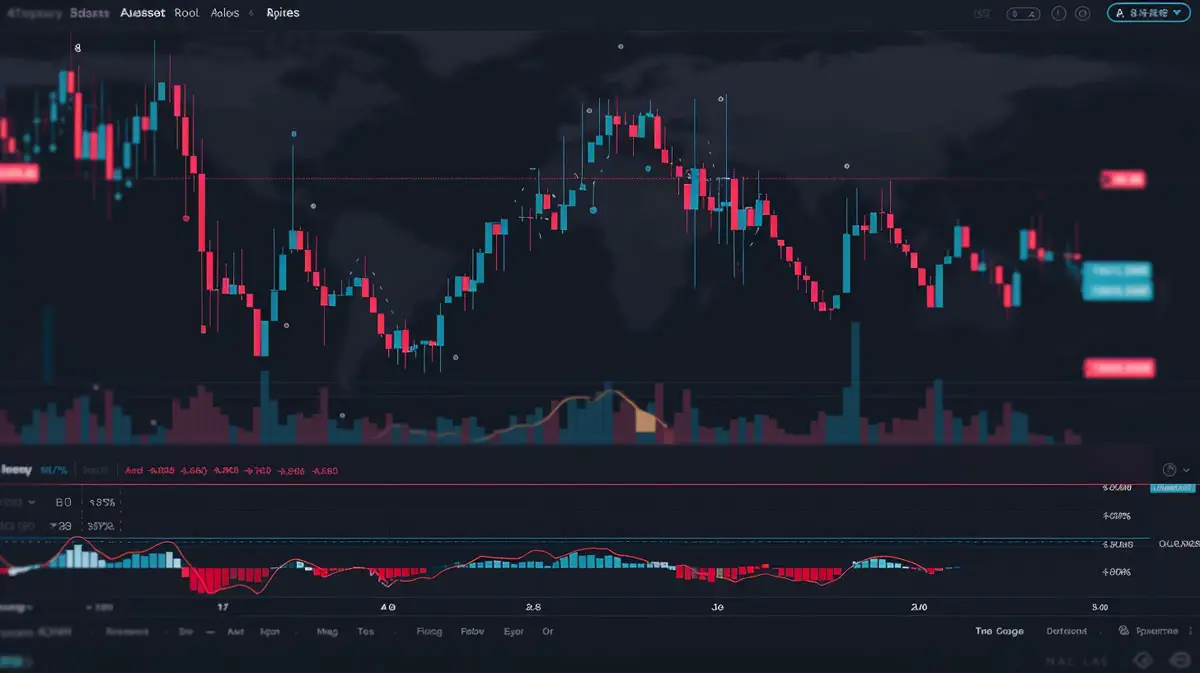Margin Trading: 5 Ways to Leverage Your Investments for Greater Returns

The trading space is among the most dynamic and diverse fields of investment. It offers various options for traders to make profits, increase their earnings, and grow personal wealth. One of the most popular methods of trading is margin trading.
Margin trading allows traders to borrow funds from their broker or exchange, with a certain percentage of the total trade value as collateral. This leverage enables traders to make larger trades and potentially increase their returns. However, margin trading can also be risky and should be cautiously approached.
This guide provides ways to leverage your investments through margin trading. By the end, you should have practical tricks that can help you increase your profits and minimise risks.
Enhancing Investment Power
Leveraging buying power in margin trading means using borrowed funds to increase the size of your investment. For instance, if you have $10,000 and your broker offers a 2:1 leverage, you can effectively control $20,000 worth of assets.
This doubling of investment capacity allows you to take larger positions than you could with your cash alone.
By amplifying your buying power, you can achieve greater returns. A 10% increase on a $20,000 investment results in a $2,000 profit, compared to a $1,000 profit on a $10,000 investment.
However, it’s important to note that leverage can also magnify losses, so it’s crucial to have a solid risk management strategy in place.
Diversifying Investment Portfolio
Using margin to diversify your holdings can be an effective strategy to reduce risk and maximise potential returns. By borrowing additional funds, you can spread your investments across various asset classes, such as stocks, bonds, commodities, and even crypto OTC trading.
This diversification means that if one asset underperforms, the impact on your overall portfolio is minimised, as other assets may perform better, thereby reducing your overall risk.
When you diversify your investments, you are not putting all your eggs in one basket. For example, if you use margin to invest in both tech stocks and government bonds, the stability of the bonds can offset the higher volatility of the tech stocks.
Another diversified investment strategy is allocating funds to sectors such as healthcare, energy, and financial services to balance the portfolio across varying market conditions. Additionally, incorporating international investments can mitigate domestic risk factors.
By employing margin to diversify your holdings, you’re not only spreading your risk but also positioning yourself to capitalise on growth opportunities across multiple sectors and markets. This strategic approach can help stabilise returns and enhance the overall resilience of your investment portfolio.
Short Selling Opportunities
Short selling is the practice of selling borrowed shares to repurchase them at a lower price in the future. The mechanics involve borrowing shares from a broker, selling them at the current market price, and later buying them back to return to the lender, ideally at a reduced price.
Margin plays a crucial role in short selling. It allows traders to borrow shares and leverage their positions. This leverage can amplify potential profits when markets decline, as traders benefit from the difference between the higher sell price and the lower repurchase price.
However, short selling is a high-risk strategy as it entails borrowing funds, and potential losses can exceed the initial investment. It requires careful risk management and diligent monitoring of market conditions and individual stocks.
Quick Capital Access
Margin trading offers rapid access to capital, providing traders the liquidity to act swiftly on emerging investment opportunities. Unlike traditional loans, where approval processes can be lengthy and cumbersome, margin accounts enable near-instantaneous borrowing against existing assets.
This immediacy is crucial in fast-moving markets, where timely decisions can significantly impact profitability. Margin trading also usually entails fewer formalities and documentation than conventional loan applications, streamlining the borrowing process.
Unlike other borrowing methods, such as personal or business loans, margin trading offers higher flexibility and lower interest rates, depending on the brokerage. This financial agility allows traders to leverage market opportunities without the delays often associated with traditional lending.
The capability to quickly access capital enables traders to capitalise on market dips or invest in high-potential stocks before prices escalate. This amplifies their return on investment while minimising missed opportunities.
Strategic Use of Leverage for Growth
Leverage refers to using borrowed funds to increase the potential return on an investment. In margin trading, leverage is key, allowing traders to amplify their purchasing power and potentially generate higher profits. However, this also means that losses can be magnified if trades do not go as planned.
Strategic use of leverage is crucial in margin trading. To determine the appropriate level of leverage for your portfolio, you must thoroughly understand your risk tolerance and financial goals. It is also essential to carefully assess market conditions, potential risks, and potential rewards before making any leveraged trades.
It is vital to have a solid risk management plan in place to mitigate the risks associated with margin trading. This plan includes setting stop-loss orders and monitoring your trades to ensure they align with your risk tolerance and financial objectives.










